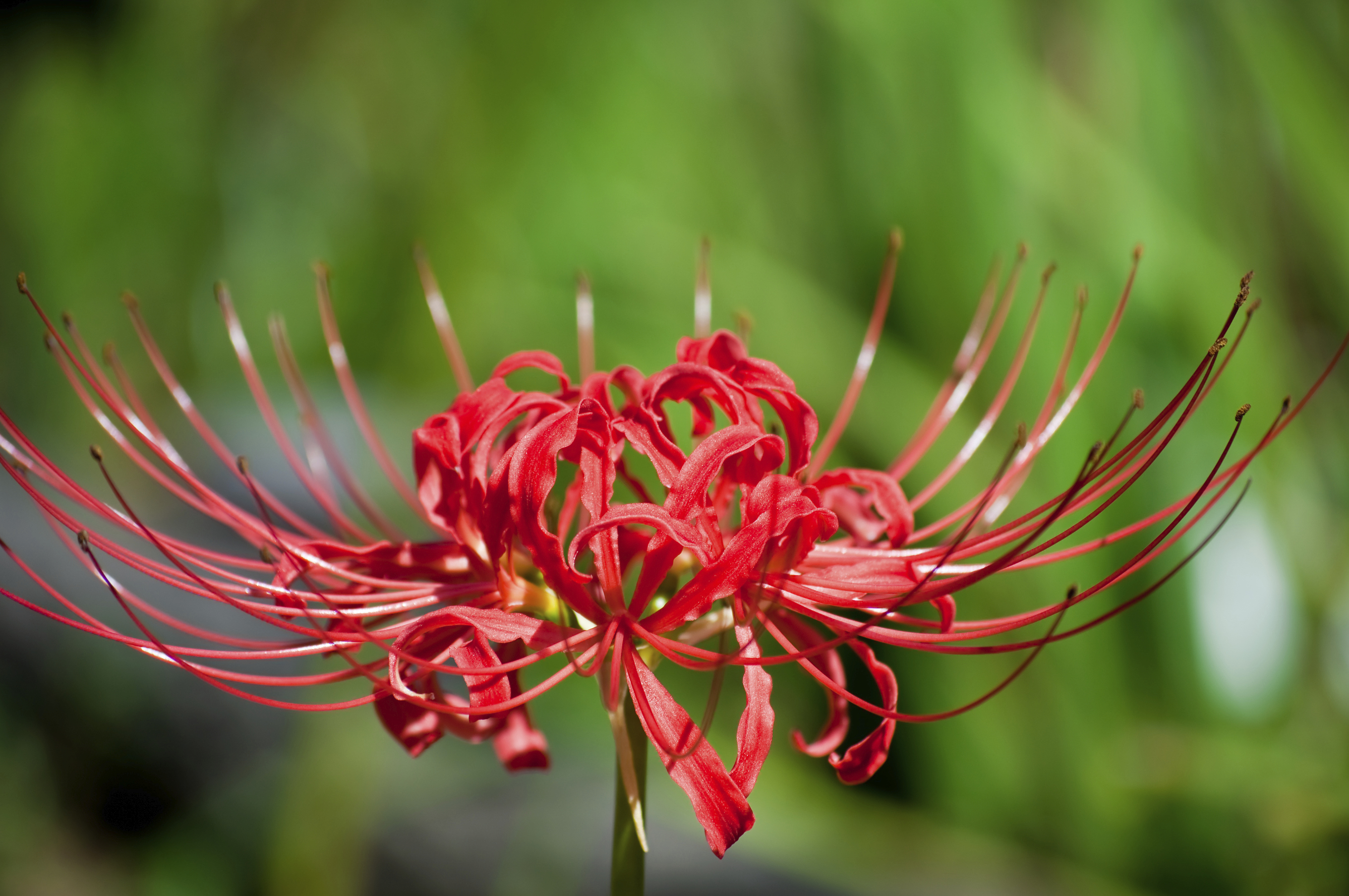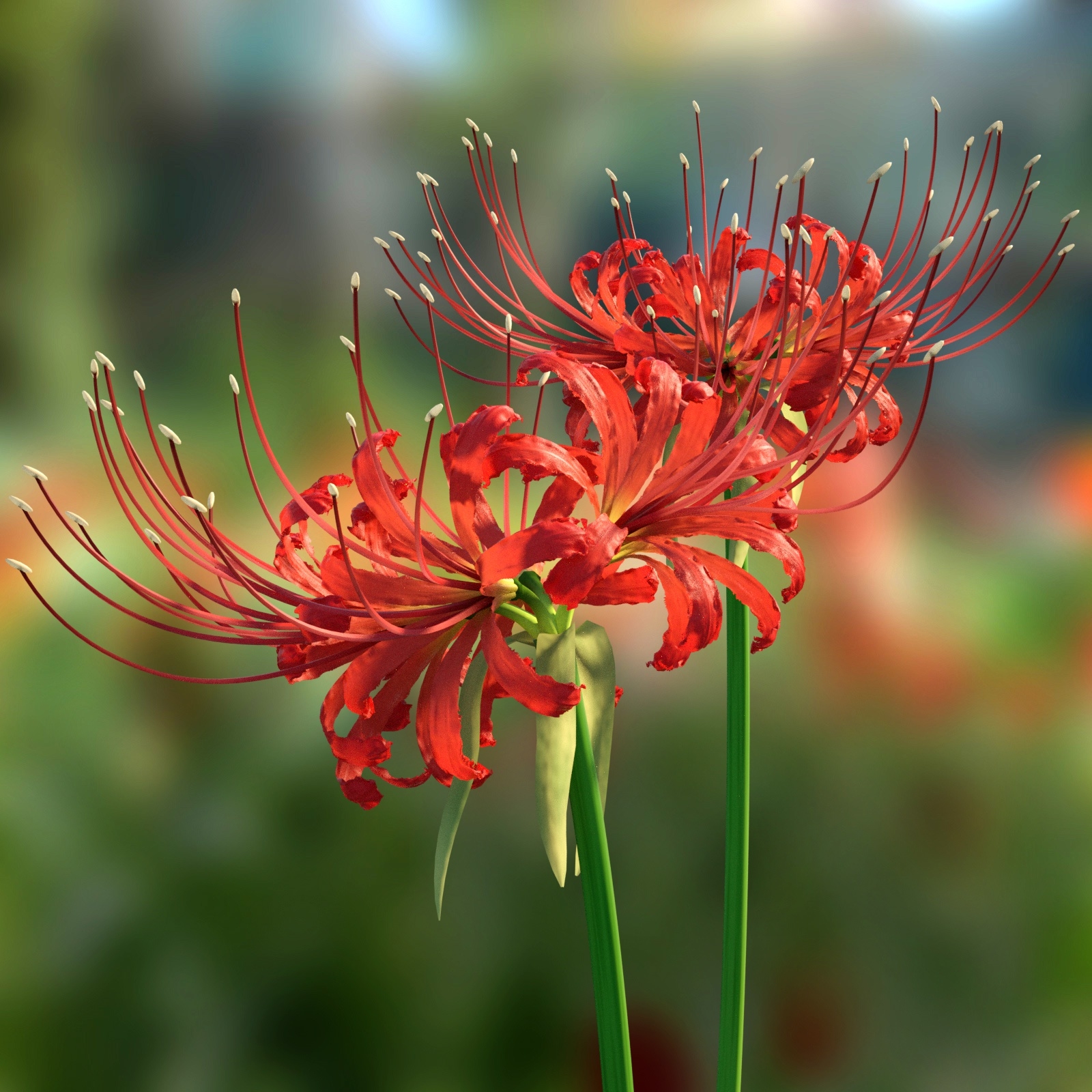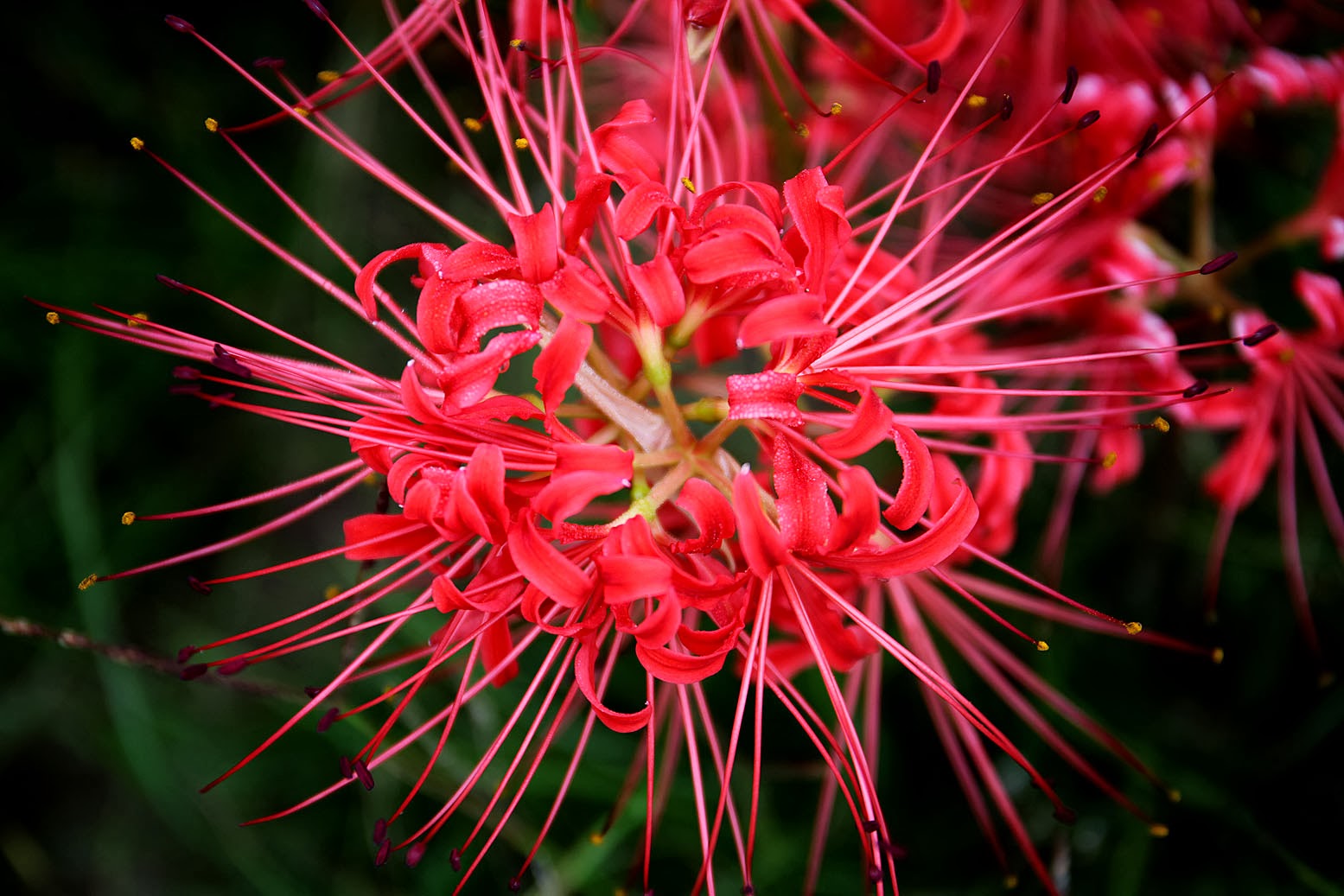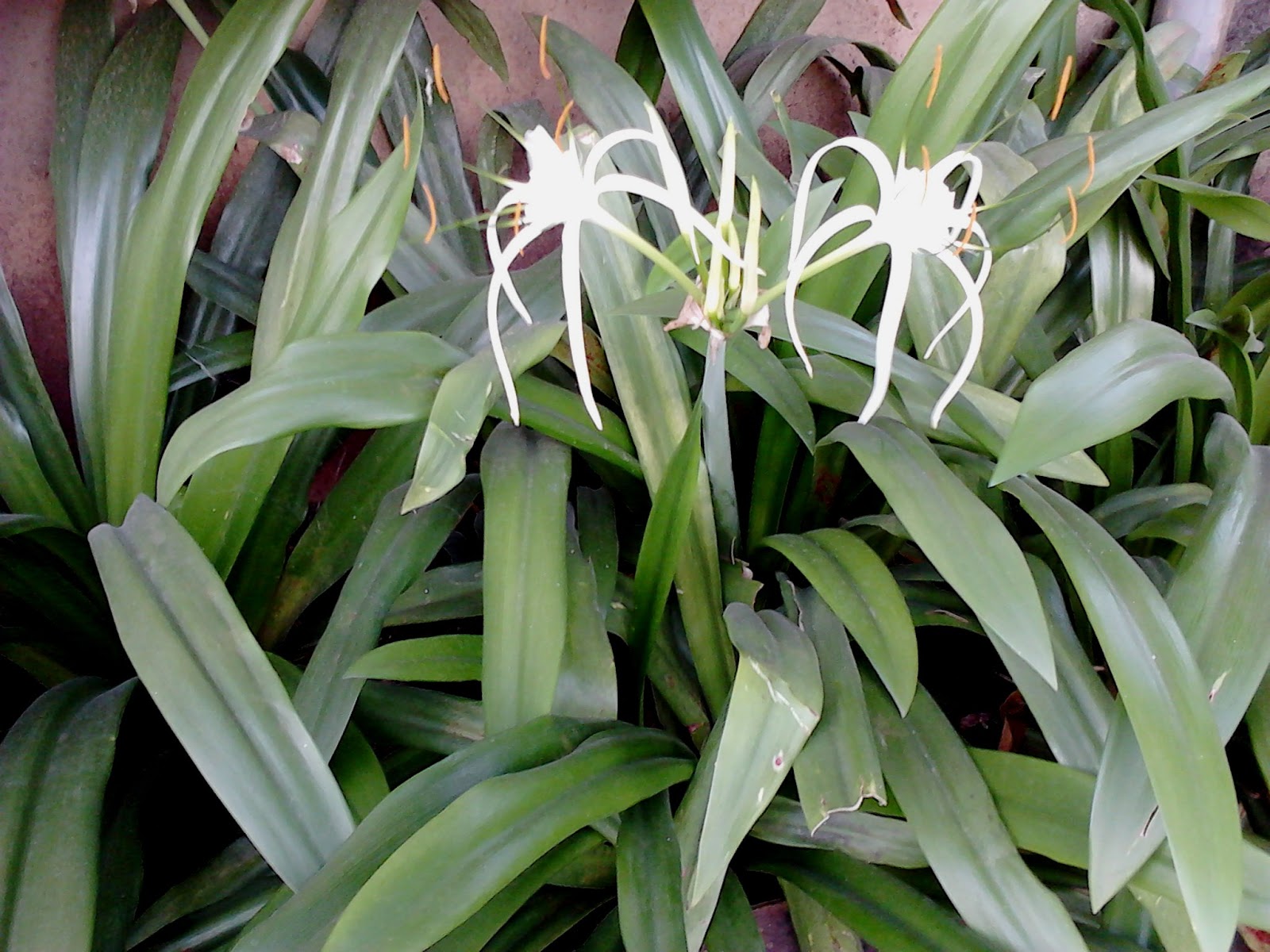
Astonishing Beauty of Spider Lily
The spider lily, scientifically known as Hymenocallis, is a stunning flower that belongs to the Amaryllidaceae family. It is renowned for its unique appearance and delicate features. The name "spider lily" is derived from its long, spidery petals that resemble the legs of a spider. This enchanting flower is native to various regions around the world, including the Americas, Asia, and Africa.

The Fascinating History
Spider lilies have a rich history and hold significant cultural importance in many societies. In Japan, they are associated with death and are often planted near graves as a symbol of remembrance. In ancient Mayan culture, spider lilies were believed to possess mystical powers and were used in various religious ceremonies. They have also been mentioned in traditional Chinese medicine for their potential healing properties.

Distinctive Characteristics
The spider lily is recognizable by its long, slender stems that can reach up to three feet in height. At the top of these stems, beautiful clusters of flowers bloom, featuring six delicate, elongated petals. The petals are typically white, but some varieties may have hints of pink or yellow. The sweet fragrance emitted by these flowers adds to their allure, attracting pollinators such as butterflies and bees.
Adaptable and Resilient
Spider lilies are known for their ability to thrive in various environments, making them a popular choice for gardeners worldwide. They can adapt to both sunny and partially shaded areas, and they are resistant to drought. Their resilience allows them to withstand harsh weather conditions, including strong winds and heavy rain. This makes spider lilies an ideal choice for individuals looking for low-maintenance yet visually captivating flowers.
The Symbolic Meanings
Beyond their physical beauty, spider lilies hold symbolic meanings in different cultures. In Japan, they represent a farewell or saying goodbye, while in some parts of Asia, they symbolize purity and rebirth. In the language of flowers, spider lilies convey messages of appreciation, admiration, and longing. These symbolic interpretations make spider lilies a popular choice for various occasions, including weddings, funerals, and special celebrations.

Spider Lily Cultivation and Care
Spider lilies are relatively easy to grow and care for. They can be propagated through bulbs or seeds, with bulbs being the more common method. When planting spider lilies, it is essential to choose a well-draining soil and a location that receives adequate sunlight. Watering should be done regularly but sparingly, as excessive moisture can lead to root rot. With proper care, spider lilies will flourish and grace your garden with their mesmerizing beauty.

Spider Lily in Art and Literature
Spider lilies have captivated the hearts of many artists and writers throughout history. They have been depicted in various paintings, poems, and novels, symbolizing beauty, fragility, and transience. Their ethereal presence in art and literature serves as a reminder of the fleeting nature of life and the importance of embracing its beauty while it lasts.

Preserving Spider Lilies
As the world faces environmental challenges, the preservation of spider lilies and their natural habitats becomes crucial. Conserving these magnificent flowers ensures their survival for future generations to enjoy. Efforts such as protected areas, sustainable gardening practices, and raising awareness about the importance of biodiversity play a vital role in safeguarding not only spider lilies but also the entire ecosystem they are part of.

Conclusion
Spider lilies are truly a marvel of nature. Their breathtaking beauty, cultural significance, and adaptability make them a treasured flower in gardens and landscapes worldwide. Whether you appreciate their aesthetics, their symbolism, or their resilience, spider lilies are a reminder of the wonders of the natural world and the intricate connections between humans and plants.